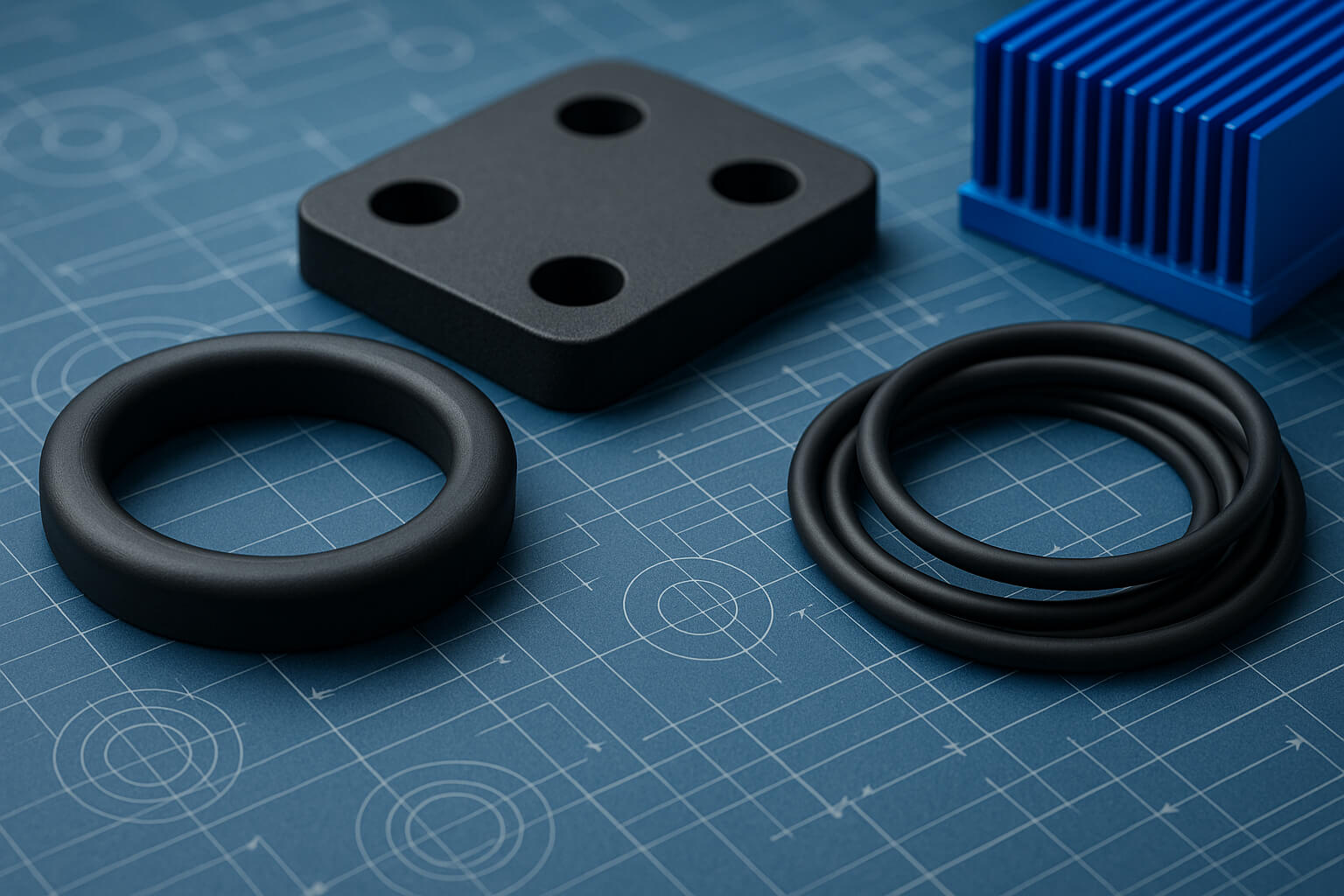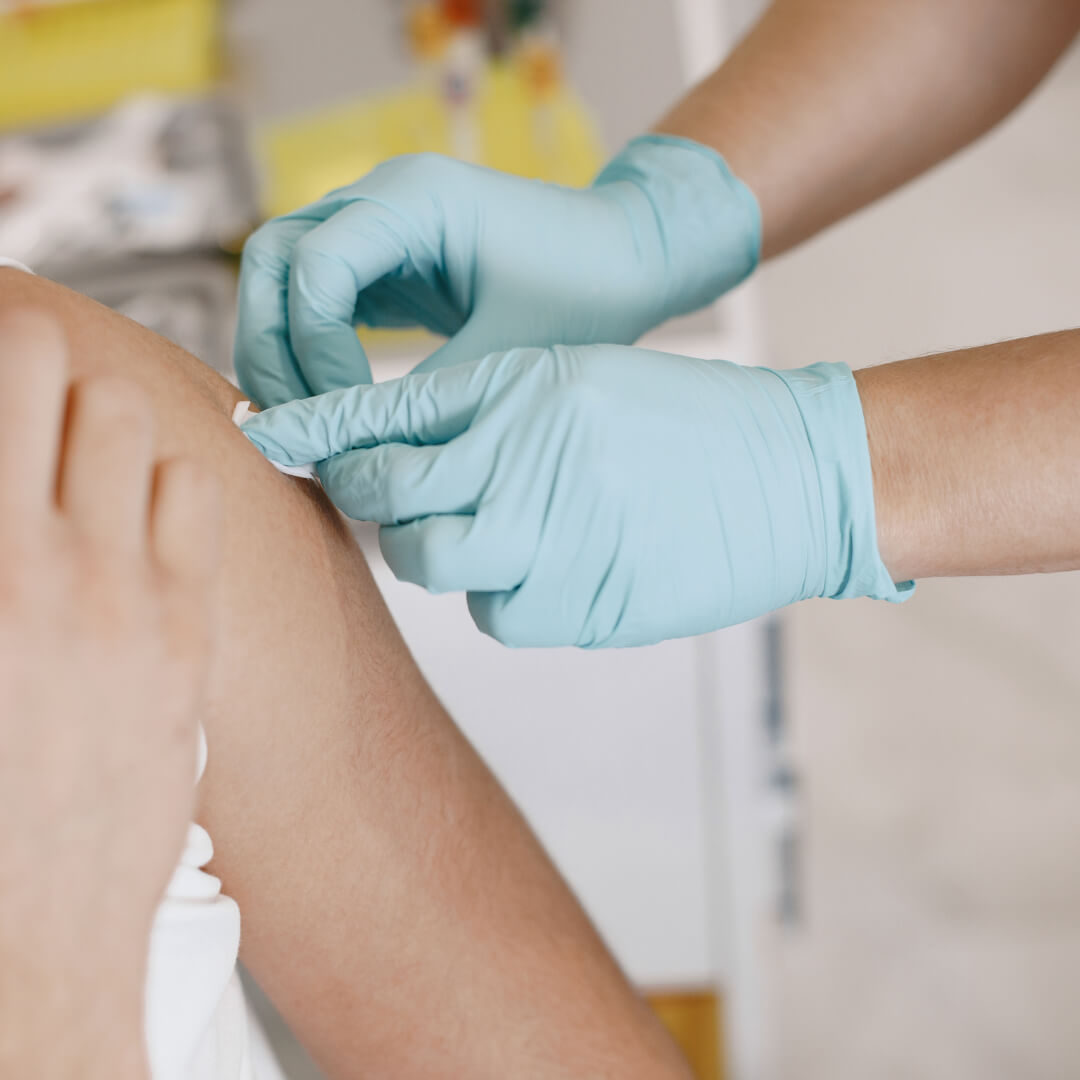
Silicone elastomers are essential materials in modern engineering, providing flexibility, durability and high-performance capabilities across various industries. Their compressibility, combined...

When developing wearable medical devices, your adhesive is just as critical as your sensor, substrate or housing. Skin isn’t a static surface—it’s warm, porous, and constantly in motion. Material selection is more than a technical checkbox; it is a critical factor in patient comfort, product performance, and long-term success.
Sur-Seal helps device manufacturers navigate this complexity with the right materials and application insight. From wear duration and skin sensitivity to breathability and chemistry, each decision in the adhesive selection process plays a role in how well a device performs on the body. So let’s start with one of the most fundamental questions: How long does your device need to stay on the skin?
One of the first and most important considerations when choosing a stick-to-skin adhesive is how long it needs to stay on the body. This decision directly impacts comfort, reliability and even regulatory classification.
Stick-to-skin adhesives are typically categorized into two types:
Although adhesive coat weight and chemistry—whether acrylic, silicone or synthetic rubber—play a critical role in determining how long an adhesive will stick, and how comfortably and cleanly it removes, wear time isn’t the only variable that matters. To create a safe and effective user experience, one must also consider who’s wearing the device and where.
After determining wear duration, the next challenge is designing for human skin instead of a static test surface. Skin is dynamic, sensitive and highly variable. It stretches, sweats, and regenerates, but more importantly, it differs significantly depending on where it’s located on the body, who the user is, and how the product is worn.
Adhesives that work well on one user or body part may fail or harm another, causing one-size-fits-all solutions to fall short when applied to real-world scenarios. At Sur-Seal, our engineering team frequently collaborates with OEMs to test for skin trauma, peel force and conformability using real-life conditions because we know that to get it right, medical product teams must consider three key factors:
Breathability isn’t just a nice-to-have; it’s a must for many long-term wear applications, as moisture buildup under a patch can lead to discomfort, skin breakdown, or infection risk. The Moisture Vapor Transmission Rate (MVTR) measures how well a material lets sweat and water vapor escape, and materials with higher MVTR help prevent maceration and keep the skin underneath dry and healthy.
Top carrier materials for improved breathability include:
We help engineers and designers address these challenges through custom prototyping and access to a wide range of breathable materials tailored to wear duration, device function and user comfort. When done right, optimizing MVTR doesn’t just prevent skin irritation—it also drives better outcomes for extended wear applications.
Stick-to-skin adhesives come in three major chemistries, each with tradeoffs in performance, cost and patient comfort. It’s essential to evaluate each option in context, as an acrylic might provide the best bond for an active adult user, while a silicone may be the right call for neonatal care or delicate on-body placements:
| Adhesive Type | Pros | Cons | Best For |
|---|---|---|---|
| Acrylic | Tunable, strong adhesion, high MVTR | May cause moderate skin trauma | Long-term wear |
| Silicone | Low trauma, gentle on skin | High cost, low initial peel | Fragile or sensitive skin |
| Rubber-based | High tack, low cost | Lower breathability | Short-term wear |
At Sur-Seal, we help you weigh the tradeoffs because we understand that chemistry matters and that the wrong choice can compromise comfort, safety and device performance.
Selecting the right adhesive shouldn’t be guesswork, but instead involve collaboration, testing and deep material expertise.
We’re proud to deliver all three by offering:
So, whether you’re prototyping a new wearable or scaling an FDA-approved device, we’re ready to help you select the right adhesive stack and accelerate time to market.
Ready to Build a Better Bond? Start your consultation today so we can engineer the right skin-contact solution together.